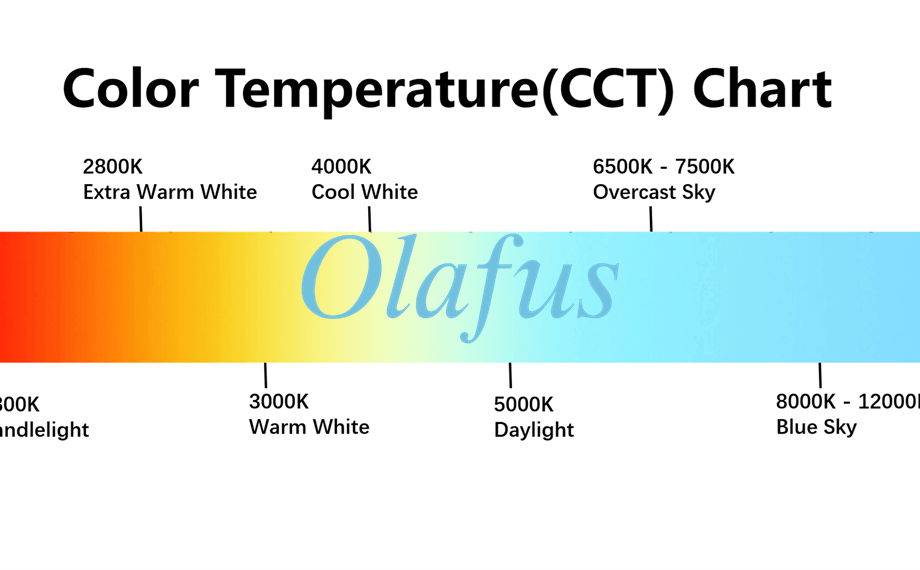
Correlated Color Temperature(CCT) - Everything You Should Know
Share
With the rapid development of LED technology, LED fixtures have become the mainstream choice in lighting. However, when choosing LED fixtures, in addition to power and brightness, color temperature is also a key factor.
We often hear the term "Correlated Color Temperature (CCT)", but what does it really mean? CCT is a crucial concept for LED lighting, which not only affects the brightness of our surroundings, but also directly relates to our comfort and visual experience.
Correlated Color Temperature (CCT) Basics
Correlated Color Temperature is a measure of the color appearance of a white light source. It indicates the warmth or coolness of the color of light radiated from a light source and is measured in Kelvin (K). This not only affects our perception of light, but also produces different visual effects in various environments.
Kelvin is the unit of temperature used to measure the color temperature associated with a light source. The higher the Kelvin value, the more blue (cooler) the light will be, while the lower the Kelvin value, the more yellow or orange (warmer) the light will be. Generally, lower color temperatures are considered "warm tones" and higher color temperatures are considered "cool tones".
Performance of light sources with different color temperature ranges and their applications in different environments

Low color temperature (2700K - 3000K)
- Performance characteristics: warm yellow tones, similar to dusk or candlelight. High color saturation, suitable for creating a warm, comfortable atmosphere.
- Application scenarios: home lighting, restaurants, bedrooms and other places that need a warm atmosphere.
Medium color temperature (3500K - 4500K)
- Performance characteristics: between warm and cold tones, presenting a more natural white light, moderate warmth and better color reproduction.
- Application scenarios: commercial spaces, offices, schools and other places that need to be bright but not harsh.
High color temperature (5000K - 6500K)
- Performance characteristics: present a cooler white or blue-white tone, the light is clearer and better color reproduction.
- Application scenes: hospitals, warehouses, production lines and other places that require high brightness and color reproduction.
How to choose the right color temperature
When choosing the color temperature of an LED lighting product, it is crucial to consider the usage scenario and needs. Here are some suggestions and guidelines on how to choose the right color temperature:
1. Consider the usage scene
Home space: If you wish to create a warm and cozy atmosphere in your home, it is more appropriate to choose lamps with warm colors (2700K to 3000K), for example, for areas such as the living room, bedroom and dining room.
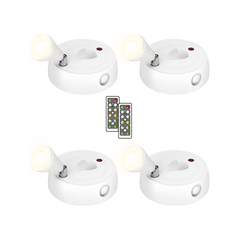 |
 |
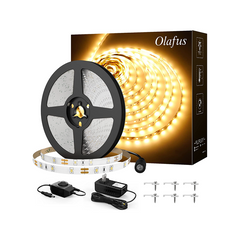 |
Office and commercial spaces: If you need to consider providing enough brightness and clarity, it is more appropriate to choose natural white (4000K to 5000K) fixtures for offices, shopping malls, hotels and other places that require a comfortable working environment.
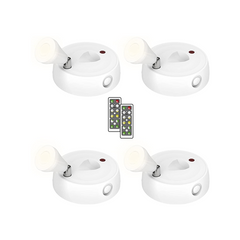 |
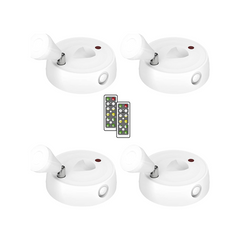 |
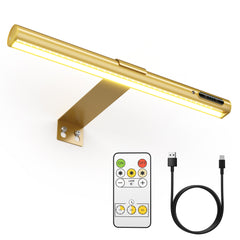 |
Places that require warning and high brightness: such as operating rooms, factory floors, etc., choose cool color (above 5000K) fixtures to ensure higher brightness and visual clarity.
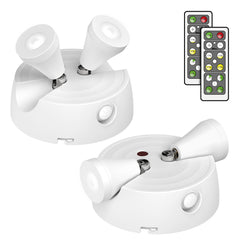 |
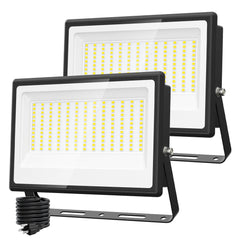 |
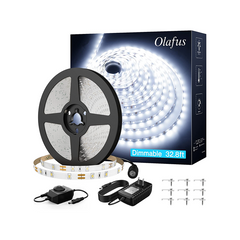 |
2. Consider the functional requirements
Color reproduction: If you need accurate color reproduction, such as galleries, stores, display cases and other places, choosing fixtures with high CCT values is necessary to ensure the true reproduction of the object's color.
Comfort and relaxation: For places that require a comfortable and relaxing atmosphere, such as bars and home theaters, warmer fixtures with lower CCT values are more appropriate.
3. Match the ambience
Matching with decorative style: Consider the decorative style and color scheme of the room, and choose the color temperature of the lamps that can blend with the overall style to enhance the aesthetics of the overall space.
Time period and functional needs: For places that need to switch between different time periods, consider using lamps with adjustable color temperature to meet the needs of different time periods.
4. Actual experience and trial
Try to experience as much as possible before purchasing: go to physical stores or showrooms to try lamps with different color temperatures in order to more intuitively feel and compare the impact of different color temperatures on the environment.
Correlated color temperature, as an important parameter in LED lighting, affects the comfort and ambience of our environment. In this article, we delve into the significance and impact of correlated color temperature on LED lighting and its importance in choosing the right lighting.
Olafus has been committed to providing users with a diverse range of LED lighting solutions covering different color temperature options. Whether you prefer a warm, soft light or a cool, bright light source, Olafus can meet your needs and create the ideal lighting environment for you.
Understanding the relevant color temperature means understanding how to create the most comfortable and appropriate lighting effects for your living and working environment through the choice of different light sources. Choose Olafus and let Correlated Color Temperatures bring the perfect lighting experience to your space, so that every scene shines with just the right amount of light.
More Post

